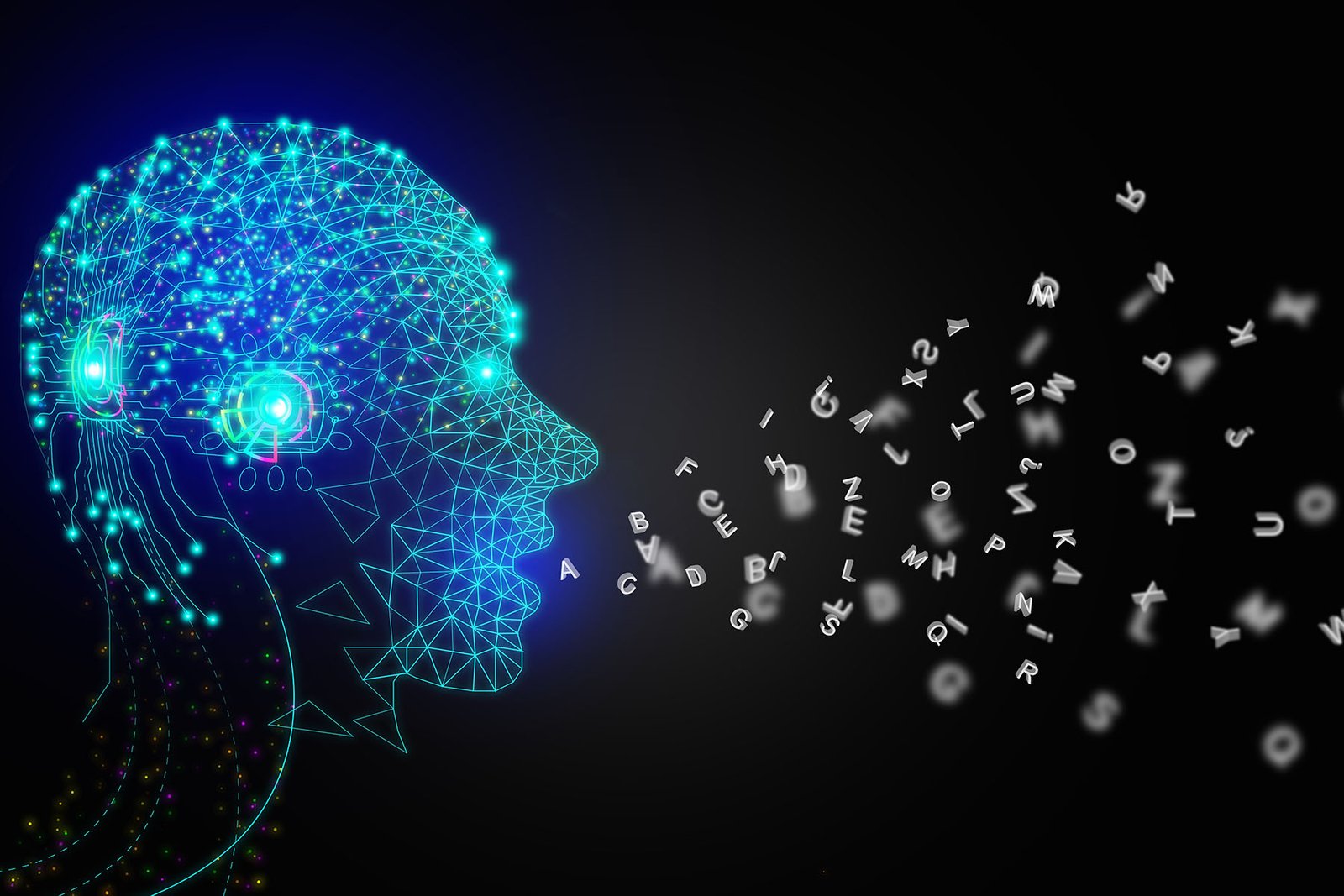In an era where generative AI (GenAI) demands exponential growth in computing power, tech giants Amazon and Nvidia have made significant strides with the introduction of new, highly efficient chips aimed at making GenAI more accessible and sustainable.
Key Highlights:
- Amazon unveils Trainium2 and Graviton4, alongside Amazon Q Chatbot, Titan Image Generator, and Guardrails for Amazon Bedrock at AWS re:Invent 2023.
- Nvidia announces the GH200 Grace Hopper Superchip, succeeding the H100 with enhanced capabilities for GenAI workloads.
- The Trainium2 chip delivers up to four times improved performance and double the energy efficiency of its predecessor, targeting large language model training.
- Nvidia’s GH200 offers substantial memory upgrades and configurations to support the complex calculations required by GenAI applications.
- Amazon’s Graviton4 chip focuses on inferencing with up to 30% better compute performance, offering encrypted physical hardware interfaces for improved security.
Innovations in Chip Technology
The Amazon Approach: Trainium2 and Graviton4
Amazon’s latest offering, Trainium2, is designed to tackle the growing demand for generative AI, boasting up to four times the performance and two times the energy efficiency compared to its predecessor. This chip, set for availability in EC Trn2 instances, is scalable up to clusters of 100,000 chips, delivering supercomputer-class performance. This level of scalability and power makes it possible to train extensive language models significantly faster, reducing the time from months to weeks.
In addition to Trainium2, Amazon introduced Graviton4, which marks a significant leap in computing performance and energy efficiency. Graviton4, aimed at a broad range of workloads, promises up to 30% better compute performance and 75% more memory bandwidth than its predecessor, Graviton3. With these improvements, Graviton4 is poised to support the most demanding AI inferencing tasks.
Nvidia’s Contribution: The GH200 Superchip
Nvidia continues to dominate the AI chip market with its announcement of the GH200 Grace Hopper Superchip, a direct successor to the H100. The GH200 is designed to cater to the world’s most complex generative AI workloads, including large language models and vector databases. With 141 GB of memory, the GH200 substantially surpasses the H100 in capacity and bandwidth, offering configurations that can provide even greater memory and processing power. This makes the GH200 an ideal solution for data centers requiring high-performance platforms for GenAI applications.
The Impact on Generative AI Development
These advancements in chip technology by Amazon and Nvidia are not just technical milestones; they represent a shift towards making GenAI more efficient, accessible, and sustainable. The increased performance and energy efficiency of these chips mean that GenAI applications can be developed and run at a larger scale, with reduced environmental impact and lower costs.
The introduction of Amazon’s Trainium2 and Graviton4 chips, along with Nvidia’s GH200 Grace Hopper Superchip, marks a pivotal moment in the advancement of generative AI technologies. These innovations not only demonstrate the tech industry’s commitment to pushing the boundaries of what’s possible with AI but also underscore the importance of efficiency and sustainability in the development of future technologies. As we look to a future where AI is increasingly integrated into every aspect of our lives, the significance of these developments cannot be overstated. They are not merely steps forward in chip technology; they are leaps towards a more innovative, efficient, and sustainable future powered by AI.







